This is part one of a two part series on the costs and benefits of electric vehicles. If you want the flip side of this article, read our The Hidden Advantages of Electric Vehicles article.
Here we explore 14 reasons many people say they will not buy an electric vehicle. Some are valid but most of them are just “fake news”:
1 – EV’s Are Too Expensive
It is very true that the upfront cost puts EV’s out or range of many consumers. However, there are two important points to consider:
- Total cost of ownership of an EV is LESS than gas powered vehicles after just 5 years because of:
- virtually no maintenance
- no gasoline charge – electricity is about 65% to 80% less expensive that gas depending on where you live
- charging at home from solar panels or at the office for free (that is what I do!)
- Electric Vehicle pricing will continue to drop and likely be cheaper than ICE vehicles by 2025.
Chemical batteries make up about 30% of the cost of an EV today. Take a look at this chart and think about what is means for cheaper EV’s in the immediate future:
2 – The Power Gid Can’t Handle All Those EV’s
The power grid can and will survive the coming explosion of EV’s for four reasons:
- About a third of all EV owners also own solar panels and an additional 15% more are planning on getting them within the next 18 months. Decentralized energy production is not near as efficient as centralized but it is waaaay faster at coming on-line. Take a look at THIS video we produced a few weeks ago which grinds through the facts.
- In many places the electrical power grid will be configured to support bi-directional power. That means you will be given the OPTION to SELL your electric cars electricity back to the grid during peak demand times. Your vehicles electrical storage will actually help the grid.
Some cities and power systems are already testing this so called “Smart Grid” (aka “Reverse Grid” or “V2G” or “Vehicle to Grid”) - Directly related to the smart-grid is the notion that green energy sources like wind and solar generate too much electricity during the day and without grid scale storage some of that juice is wasted. Today some of that spare power is being using to produce other products like “green hydrogen” which is electricity intensive.
- This is exactly what was said about the internet in the late 1990’s but because so many CONSUMERS wanted it, the system had many bumps but expanded rapidly to keep it functional.
3 – Not Enough Mining Materials To Produce EV Batteries
The problem with this argument is that it is based on a number of wrong assumptions:
- As for mining, just like the oil industry it gets better every day. Take a quick skim of our recent article on how Lithium mining is being cleaned up with “green lithium” . The difference is that the O&G industry is 100+ years old so their giant leaps are largely behind them while the EV industry is new so many of their tech leaps are in the future. Tesla’s new 2022 battery should be about a quarter the size of their original packs, GM’s new Ultium battery uses about half of their current (2020) battery packs.
- Batteries are almost certainly going to be solid state before the end of the decade which eliminates materials.
- Chemical batteries may not be the big winner. Hydrogen and solid state or even ultracapacitor batteries (currently a pipe dream with billions of dollars behind it) should be in broad use in the 2030’s.
4 – The Left Club
Many people will not want to be associated with the early adopters of EV’s because they are seen as politically left leaning and often trying to make a political statement.
To that end in 2012 GM was seriously considering changing the the name Volt from a product to a whole brand, like Buick or Cadillac, but decided against it and intentionally decided to develop EV product that looks like other cars.
The new EV Cadillac’s don’t scream “electric”, they just whisper (because they are EV’s) “awesome”. Take a look at this killer funny advert with the 2021 Superbowl Will Farrell advert:
5 – Range Anxiety
Yes, today most electric vehicles are only really close to gasoline powered vehicles (ICE) range but not quite a match. It is also true that they currently take longer to “refill”. However there are a number of items to consider when it comes to range anxiety:
- EV’s are VERY close to normal ICE vehicles in range these days and within the next couple of years that delta will be eliminated.
- Many families have two vehicles for good reason; they serve different purposes. My EV usage is limited to only 95% of my driving. We use my wife’s awesome Mazda CX5 SUV periodically.
- EV’s are nearly always “full” because almost everyone plugs in at home, so unlike gas vehicles, you nearly always have a 250 to 400 kilometer (150 to 250 miles) range… not much to worry about 99 days out of a 100.
6 – Not Enough EV Chargers
What most people forget about electric vehicles is that nearly everyone charges up at home or at the office so you don’t need near as many chargers as gas stations.
Also remember that EV chargers are often hiding in plain site. They are not like gas stations with big signage and flashing lights. Electric vehicle chargers are frequently tucked into the back of buildings, along the outside wall of parking garages, in lamp posts and even completely off the grid using solar canopy’s.
For most people, road side EV chargers will only be used on long trips and even then most hotels either already have EV chargers or have plans to install them in the coming years.
Electrify America is adding 300 new EV charging stations bringing 1300 more chargers just in 2021. GM and EVGo just started adding 2700 additional EV fast chargers to the 14000 they already have in the US.
7 – EV’s Aren’t Ready Yet, Too Much Technology Change
Yes, there are plenty of more technical advancements to come but the core work for EV development is now done. What remains are improvements.
There are a few serious changes that will hit the industry. Solid state batteries are cheaper and more stable and so are ultracapaciters but those changes are not imminent and are unlikely to arrive in the mass market before the end of the 2020’s.
If you wait another 5 years to buy your first electric vehicle you will loose all of the benefits of driving electric like, always having a full “tank”, having no oil changes or service appointments and wasting thousands of dollars per year on gas. Holding off is like saying you will wait another 5 years for the Samsung Galaxy 25 or the iPhone 16.
8 – EV Resale Value is Terrible
Well that WAS true 5 years ago but now EV’s hold their own with ICE vehicles. As the technology has stabilized and consumers have started buying without hesitation, the used market has picked up considerably.
Personally, I only buy used vehicles and get a 30% discount off the price of a new EV after just 2 years, but now that is more like 15% to 20%, just like internal combustion engine vehicles (ICE).
If you are unsure about EV’s, take advantage of that crazy price drop and buy an older model.
9 – EV’s are Too Expensive To Repair
Well, that is just not true and there are three things to note hear:
- Virtually all electric vehicles come with a massive 8 year warranty
- Moving parts are what fail (i.e. gas engines) and EV’s don’t have many moving parts
- The lifespan of an EV is expected to last 25% to 100% longer than an ICE vehicle
10 – Old EV Batteries are an Environmental Disaster
Again, this is simply not true:
- Old EV batteries will still be used in vehicles when their life as low as 30% – you would not scrap your car because it now gets only 75 miles of range instead of the 250 miles it had when it was new… its just a city car now
- GM and virtually all other EV makers are not going to throw out devices worth thousands of dollars in the secondary market. Old EV batteries that are “warrantied out” will be refurbished and sold into grid scale energy storage and home electricity storage.
- EV batteries are full of reusable materials and they will be recycled into new batteries
- EV batteries are so stable we have had very few to even try and recycle
What is true, is that recycling traditional internal combustion engine (ICE) vehicles is an environmental train wreck. Think about all that leaking dead oil, transmission fluid with all those non-readily-recyclable parts like dead pistons and rad hoses.
11 – Home Chargers Cost Too Much
There are claims that EV home chargers cost $2,000 but that is an outliers case. Much like saying I live on a farm so need to have my own gas storage and that cost $2000 to install tanks pumps and permits. Yes, it COULD cost that much, but it won’t. Typical costs for a home charger and installation are about $750.
And don’t forget two things:
- that $750 is not a ‘sunk cost’; you just increased the value of your house and differentiated your house from others on the market.
- you are saving $1000 to $3000 and 9 hours of your life EVERY YEAR by not gassing up your car; a home charger a bargain.
In my case I have had EV’s for the last 6 years and I still don’t have a special charger. I charge up 95% of the time at work. I do have the “free” charger that comes with every electric vehicle that I plug into a standard wall outlet in my garage and all is well the few times I need it. Sure, I could triple my charging speed with a high performance 220 volt charger, but I charge overnight so I don’t care if it takes 3 hours or 10 hours to charge.
12 – EV’s Can’t Fill Up At The Side of the Road
Actually, you can. Everyone from Tesla to AAA has mobile electric chargers and they will deliver electricity to you, just like they deliver gas.
13 – Fire Departments Won’t Extract People from Electric Car Crashes
Of course the will. Have you EVER heard of someone being left to die in an EV crash… of course not. Yes, they need different tools like ground wire systems but Firemen/women of the future will definitely not want to work on potentially explosive gas vehicles; the transition to the new normal is already well underway.
14 – Apartments Don’t Have EV Chargers
Today this is largely true and if I lived in an apartment without a charger and I could not charge at work, I would not buy a full battery electric vehicle. I would buy a PHEV, and have several times. Plug-in Hybrids are great. If you run out of electricity, the gas engine seamlessly starts and produces electricity for you to drive with.
However the apartment charging issue is changing quickly and its not just because municipal governments are requiring chargers, it is because builders of apartments will provide whatever consumers want and they know they want chargers.
EV’s in the 2020’s
It is going to be a nutty ride over the next decade as we move from 3% EV’s to closer to 50% and for many people there is no good reason to not enjoy the benefits of an electric vehicle today.
If you want the flip side of this article, read our The Hidden Advantages of Electric Vehicles article.
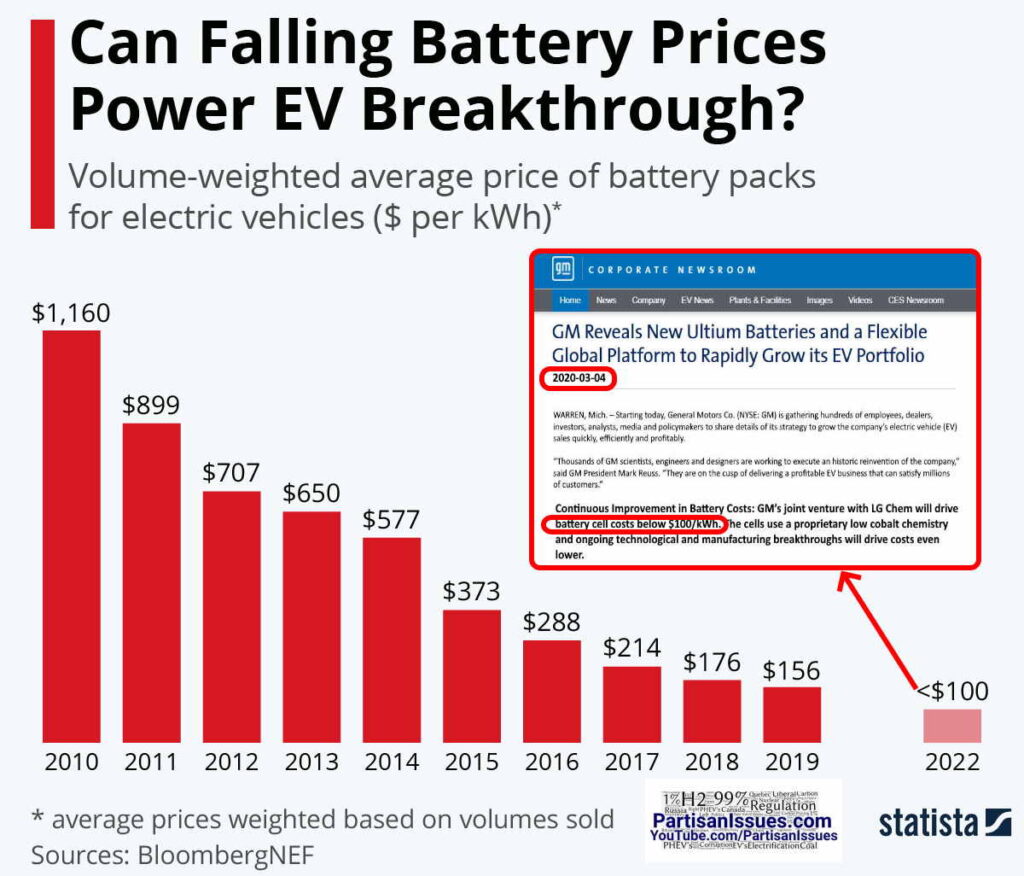
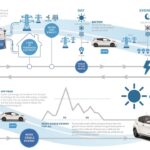
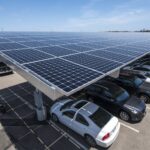
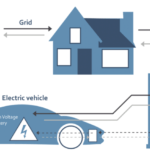
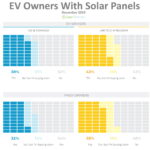
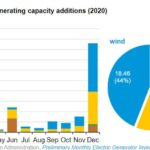

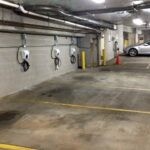
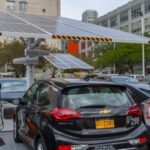
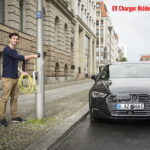
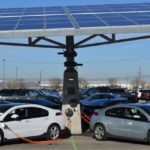
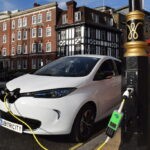
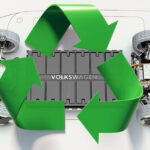


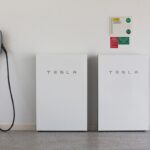
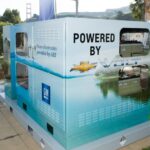

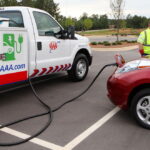
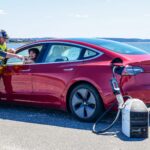
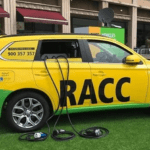

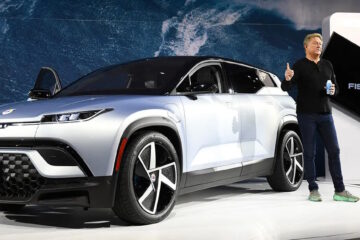
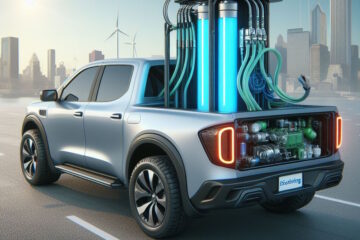
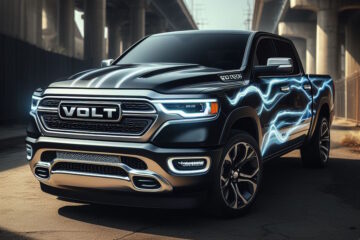
1 Comment
Latest Hairstylery · October 11, 2021 at 8:13 pm
You are a very smart person!